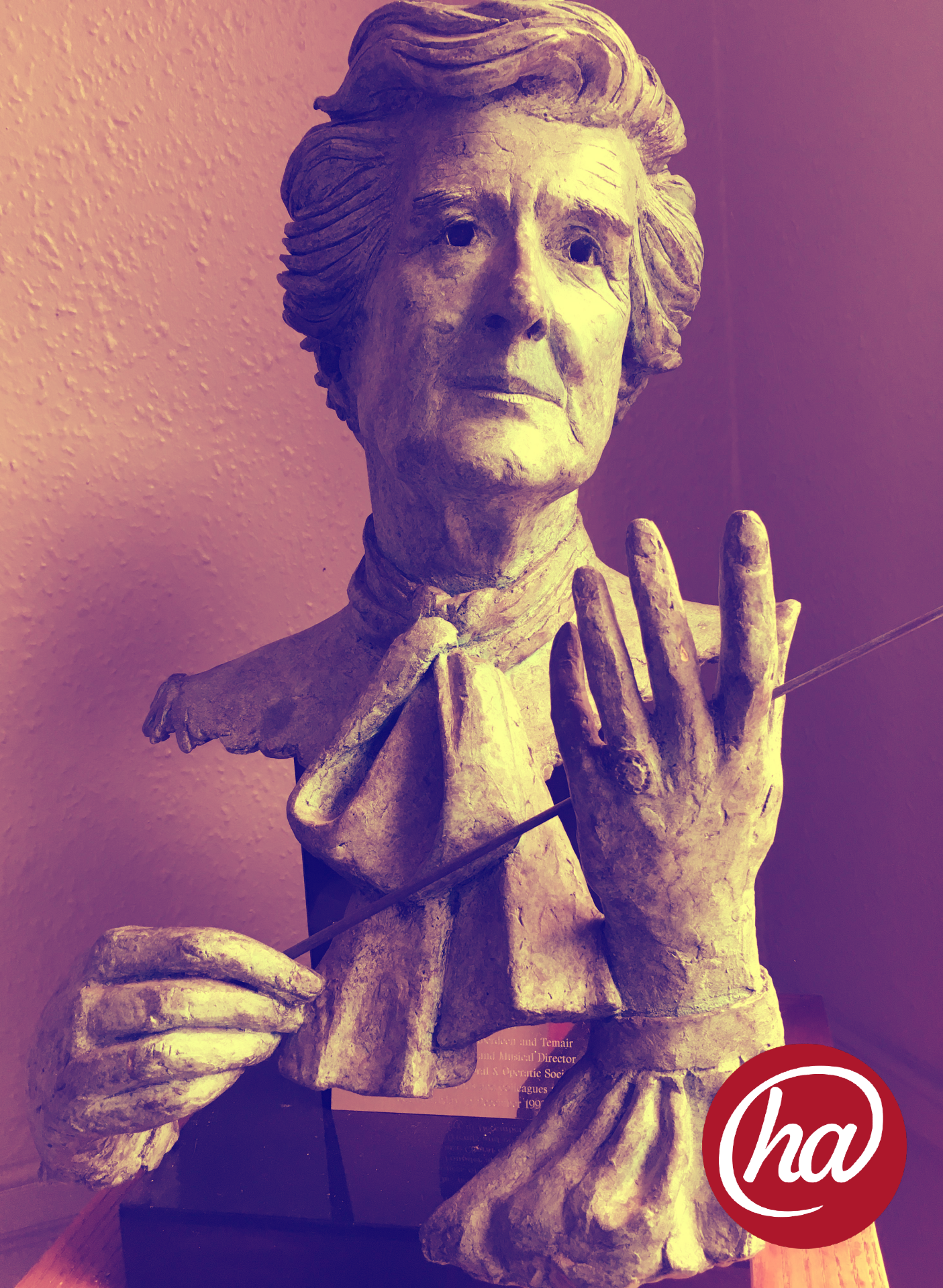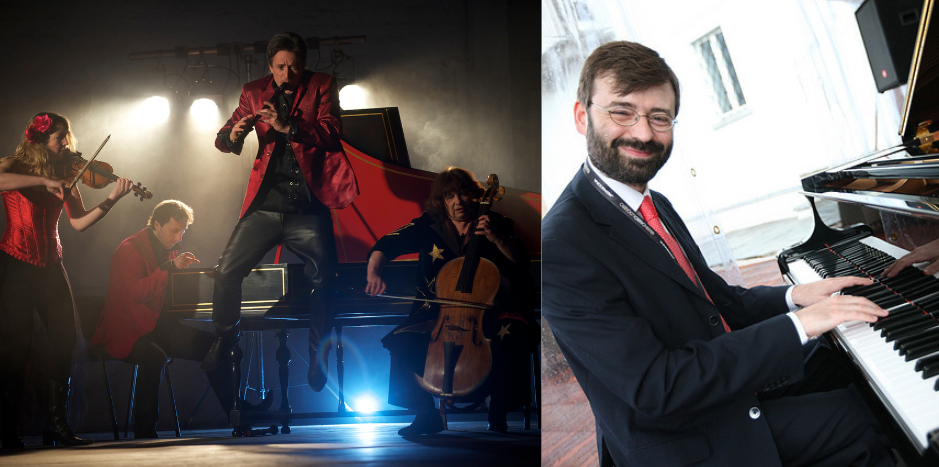Matron of the Arts – June Gordon
An inspiration to Haddo Arts
As we look forward to our 10th Haddo Arts Festival in 2021, it seems a fitting time to also look back to the origins of where it all began and the introduction of music and art to our much beloved Haddo House Estate.
There was indeed a time when music and the arts did not play such an important role in the annual calendar of Haddo, and so much of what we enjoy today is because of the seeds that were planted decades ago by an extraordinary woman, June Gordon, Marchioness of Aberdeen and Temair. Her passion for the arts and her aspiration to bring music and culture to Haddo and Aberdeenshire built the foundation of Haddo Arts and her legacy can still be felt in everything we do today.
Born on the Isle of Wight in 1913, she trained as a pianist and a conductor at Harrow School where she also met David Gordon, the 4th Marquess of Aberdeen and Temair. The two shared a deep love of music and the arts, marrying in 1939 and moving into Haddo House thereafter.
Six years later June founded the Haddo House Choral and Operatic Society and recruited singers and musicians from the surrounding Aberdeenshire villages, recognising the joy and opportunities she could provide through music. She recorded the first ever concert at Haddo Chapel in 1945, a Christmas Carol Concert which she herself conducted. As a graduate of the Royal College of Music, her knowledge and repertoire were superb and soon the society gained the reputation for presenting major works of music from operas to concerts such as Handel’s Messiah and Bach’s St Matthew’s Passion with oboist Leon Goosens in 1947.
Her annual concerts soon became internationally renowned and helped shine the spotlight on Haddo and Aberdeenshire as a prominent venue for music and the arts and over the years attracted the attention of established musicians such as Dame Janet Baker, Benjamin Britten, Ralph Vaughan Williams, Willard White, Sarah Walker, and Neil Mackie. And at one point a boy cellist – none other than Prince Charles – from nearby Gordonstoun, among many others.
Along with using the Chapel for her annual concerts she then re-designed the hall which was originally used for indoor sports, recognising it’s acoustic potential as a concert hall. The venue soon became home to prominent musicians and artists over the years who performed annually and is still in use today as a venue for the Haddo Arts Festival.
Her passion for music and recording at Haddo continued throughout the decades, she even continued to conduct many of the concerts herself into her eighties and she remained a crucial influence and inspiration to the festival well into her nineties. Her influence and passion for bringing the very best artists from around the world to our little corner of the UK was enormous, summed up beautifully by Conrad Wilson, the prominent writer and music critic at the Herald, who wrote following her death:
“No-one had quite the same impact on music in north-east Scotland as the Marchioness of Aberdeen. She made Haddo such a mecca for opera and chorus that big names who once shrank from travelling to the knuckle-end of Scotland eagerly took up invitations. When a critic patronisingly congratulated Lady Aberdeen on making Haddo “the Glyndebourne of the north”, she queried icily: “So Glyndebourne is the Haddo of the south?”
Her commitment to the arts and bringing music, culture and the festival to Haddo and Aberdeenshire is the bedrock of what we enjoy so much here at Haddo Arts today and we pay a special thanks to her for everything she achieved as we look forward to many more years of music and the arts here at the Haddo Arts Festival!





